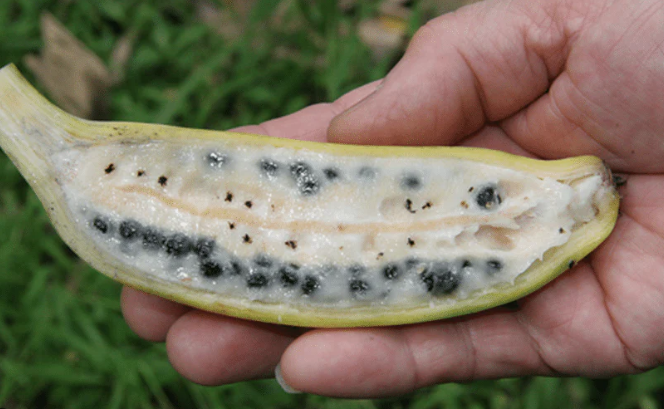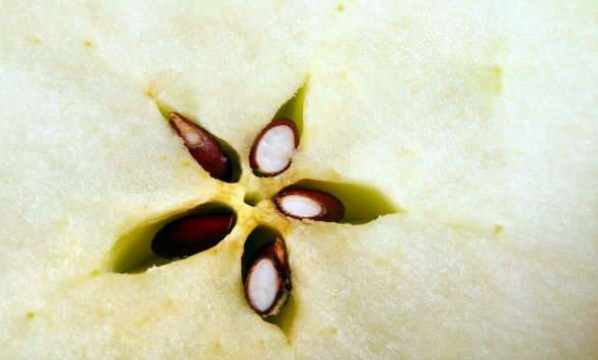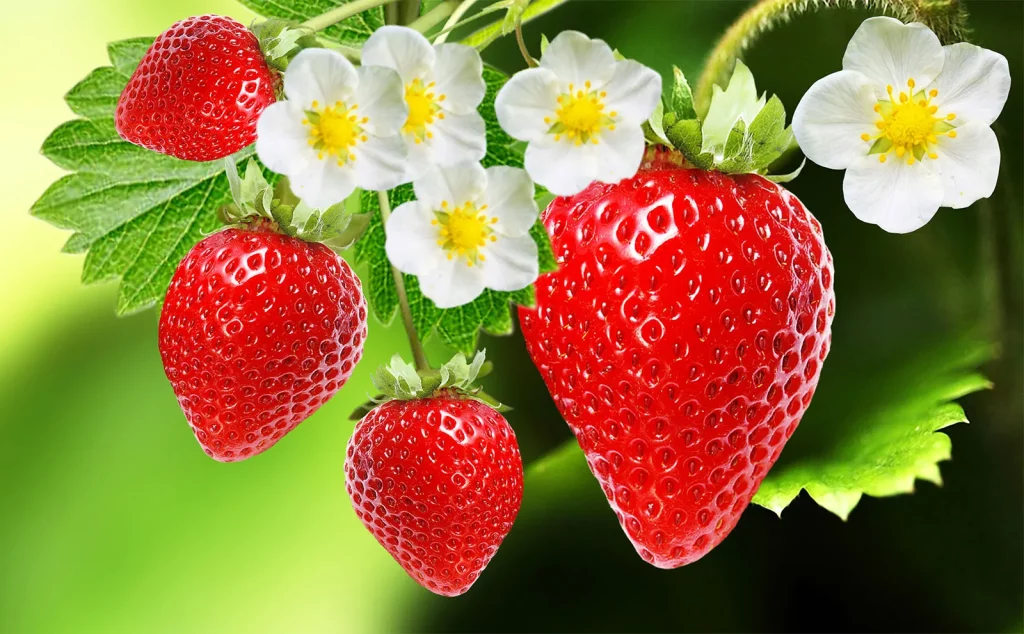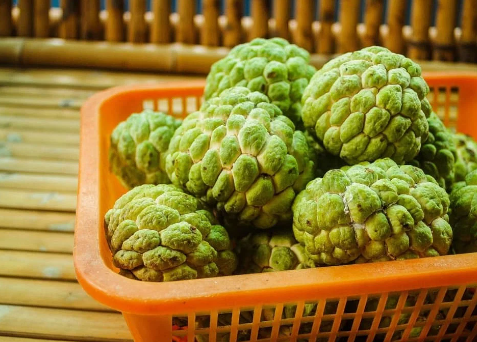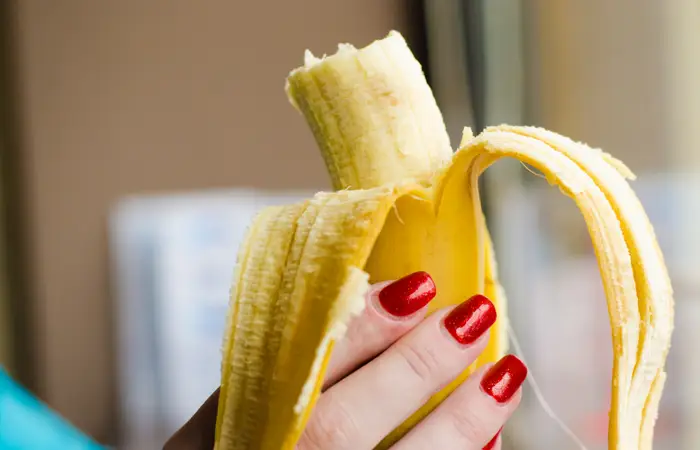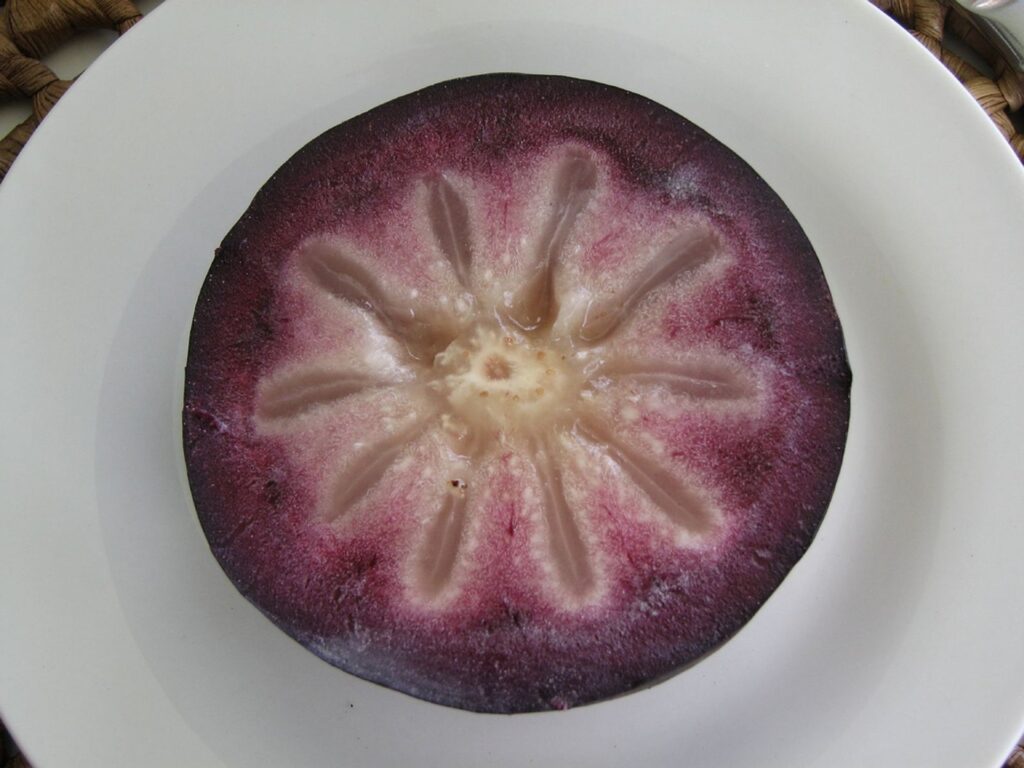Bananas are a well-loved fruit, easily recognized by their unique curved shape, yellow skin, and sweet taste. But did you know there are other fruits out there that look a lot like bananas? Here, we’ll take a close look at seven fruits that could be mistaken for bananas, and we’ll talk about how they look, taste, what you can do with them, and the health benefits they offer. Let’s get ready to learn about some amazing banana look-alikes!
Table of Contents
- 1. Plantain
- Taste and How to Eat Them
- Health Perks
- 2. Horned Melon
- Taste and How to Enjoy It
- Health Perks
- 3. Chayote
- Taste and How to Eat It
- Health Perks
- 4. Yellow Dragon Fruit
- Nutritional Goodness
- 6. Feijoa
- How it Tastes and How to Use It
- Nutritional Goodness
- 7. Finger Lime
- How it Tastes and How to Use It
- Nutritional Goodness
- Conclusion
1. Plantain

Plantains might trick you into thinking they’re bananas because they look so much alike, but they’re quite different when it comes to their flavor, texture, and how we eat them.
Unlike the sweet banana, plantains are starchy, which means they have to be cooked to be enjoyed. They’re bigger than the average banana and come with a tougher skin that’s green when they’re not ripe and becomes yellow or even black as they get older.
Taste and How to Eat Them
Plantains aren’t usually eaten raw. Instead, they’re cooked, which brings out their sweet and savory flavor. Their texture is somewhat like a potato’s. You can boil, fry, or bake them and turn them into tasty treats like plantain chips, tostones (twice-fried plantain slices), or mofongo (a garlicky plantain mash).
Health Perks
Plantains are packed with dietary fiber, vitamin C, and vitamin A, plus they offer a good dose of potassium, magnesium, and vitamin B6. They’re great for your digestive health, can keep your heart in good shape, and help your skin stay glowing and healthy.
2. Horned Melon

The horned melon, often called the kiwano or African horned cucumber, is definitely an eye-catcher. It’s like a small oval banana, but with a vibrant orange or yellow skin that’s full of spikes. Slice it open, and you’ll find a bright green, jelly-like center with seeds you can eat.
Taste and How to Enjoy It
With a taste that blends tangy, sweet, and the fresh flavors of cucumber and banana, the horned melon is quite the treat. Its seeds give a crunch similar to pomegranate seeds, mixed with the juiciness of the surrounding flesh.
Have it by itself or mix it into a fruit salad, smoothie, or dessert to add a pop of color and a unique flavor.
Health Perks
Rich in vitamin C, full of antioxidants, and a fantastic source of dietary fiber, horned melons are also a decent provider of potassium, iron, and vitamin A. Adding them to your diet can help your digestion, boost your immune system, and contribute to smooth, clear skin.
3. Chayote
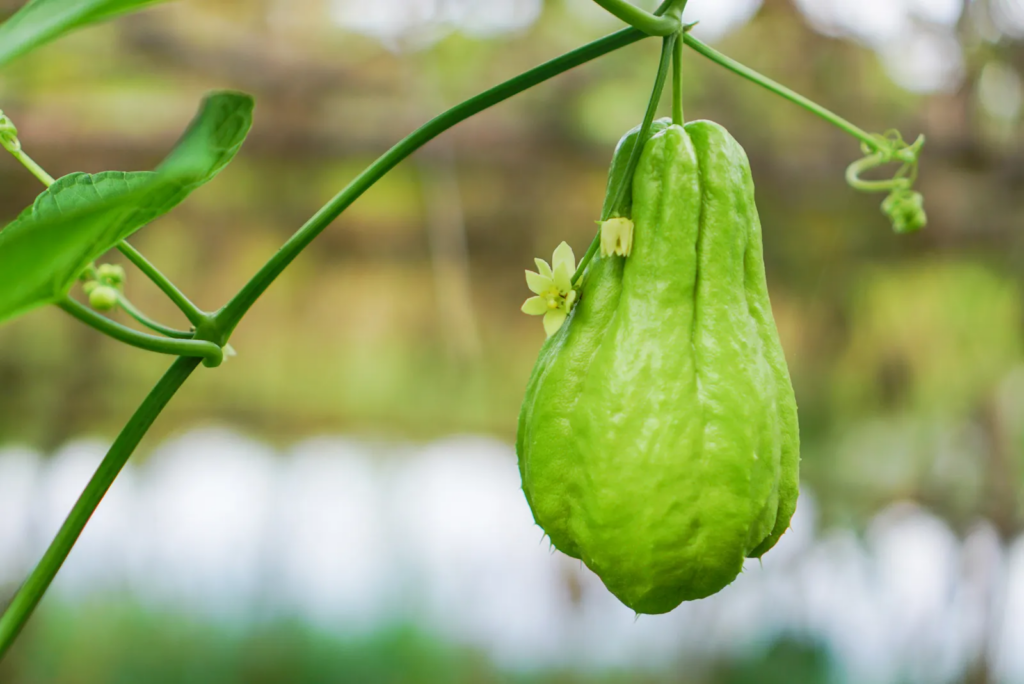
Chayote might look like a green wrinkled banana at first glance. Also known as the vegetable pear or christophine, it has a soft pear-like shape with an edible skin that’s not too thick.
The inside flesh is juicy and crisp, with a taste that’s somewhere between a cucumber and a zucchini — quite mild but refreshing.
Taste and How to Eat It
Chayote can be eaten raw or cooked, making it pretty versatile. Raw, it provides a cool crunch and can be chopped into salads or coleslaws, or even snacked on as a healthy choice. Cooked, it becomes softer and can be included in soups, stir-fries, or hearty dishes like stews and casseroles.
Health Perks
Chayote is another low-calorie win that’s rich in vitamin C and potassium, and it even contains important nutrients like folate, vitamin K, and a variety of antioxidants. Adding chayote to your meals can help with weight management, keep your heart healthy, and promote good digestive health.
4. Yellow Dragon Fruit
Nutritional Goodness
Pawpaw is packed with vitamins C and A and is also full of folate and fiber. It even has papain, which helps you digest your food. This fruit is loaded with stuff that’s good for you, like antioxidants and potassium, so it’s great for digestion, keeping you healthy, and making your skin look good.
6. Feijoa

Feijoa is a tiny, green fruit that’s shaped kind of like an egg and looks a bit like a green banana. Its skin is a little bumpy, but inside, it’s all juicy. When you cut it open, you’ll see it’s filled with a clear, jelly-like center and tiny seeds that you can eat.
How it Tastes and How to Use It
Feijoa has a special taste that’s sweet, a bit tangy, and smells like flowers. It feels creamy and a little gritty, kind of like a pear or guava.
You can eat feijoa just as it is by scooping out the insides, or you can make it into all sorts of foods like fruit salads, desserts, jams, and even baked treats.
Nutritional Goodness
Feijoa is full of vitamin C, lots of antioxidants, and fiber. It also has important stuff like potassium and magnesium. Eating feijoa is good for your immune system, helps keep your digestion on track, and is overall really great for your health.
7. Finger Lime

Finger lime is a little fruit that’s long and skinny like a finger, which is how it got its name. The skin is smooth and can be green or yellow. Cut it open, and you’ll find these fun little bubbles of juice inside.
How it Tastes and How to Use It
Finger lime is really tangy and tastes like citrus. It’s special because the little pearls of juice pop in your mouth, just like caviar. You can sprinkle it on food to make it fancier, toss it into salads, add it to seafood, or mix it into your drinks for a zesty kick!
Nutritional Goodness
Finger lime is another fruit that’s got a lot of vitamin C, antioxidants, and folate. It’s also a good source of fiber and important minerals like potassium and calcium. Eating finger limes is good for your immune system, digestion, and overall health.
Conclusion
Everyone knows about bananas, but there are lots of other awesome fruits that look like bananas out there.
From the hearty plantain to the funky horned melon, and from the handy chayote to the yummy yellow dragon fruit, kiwano, pawpaw, and feijoa, these fruits are full of new tastes, textures, and healthy stuff. Trying new fruits can make eating more fun and give you new flavors to play with in the kitchen.
So, next time you want to try something different, why not go for one of these banana-like fruits?
They’re interesting because of how they look, their taste, and all the ways you can use them. Give them a chance and explore a bunch of new fruity flavors!
